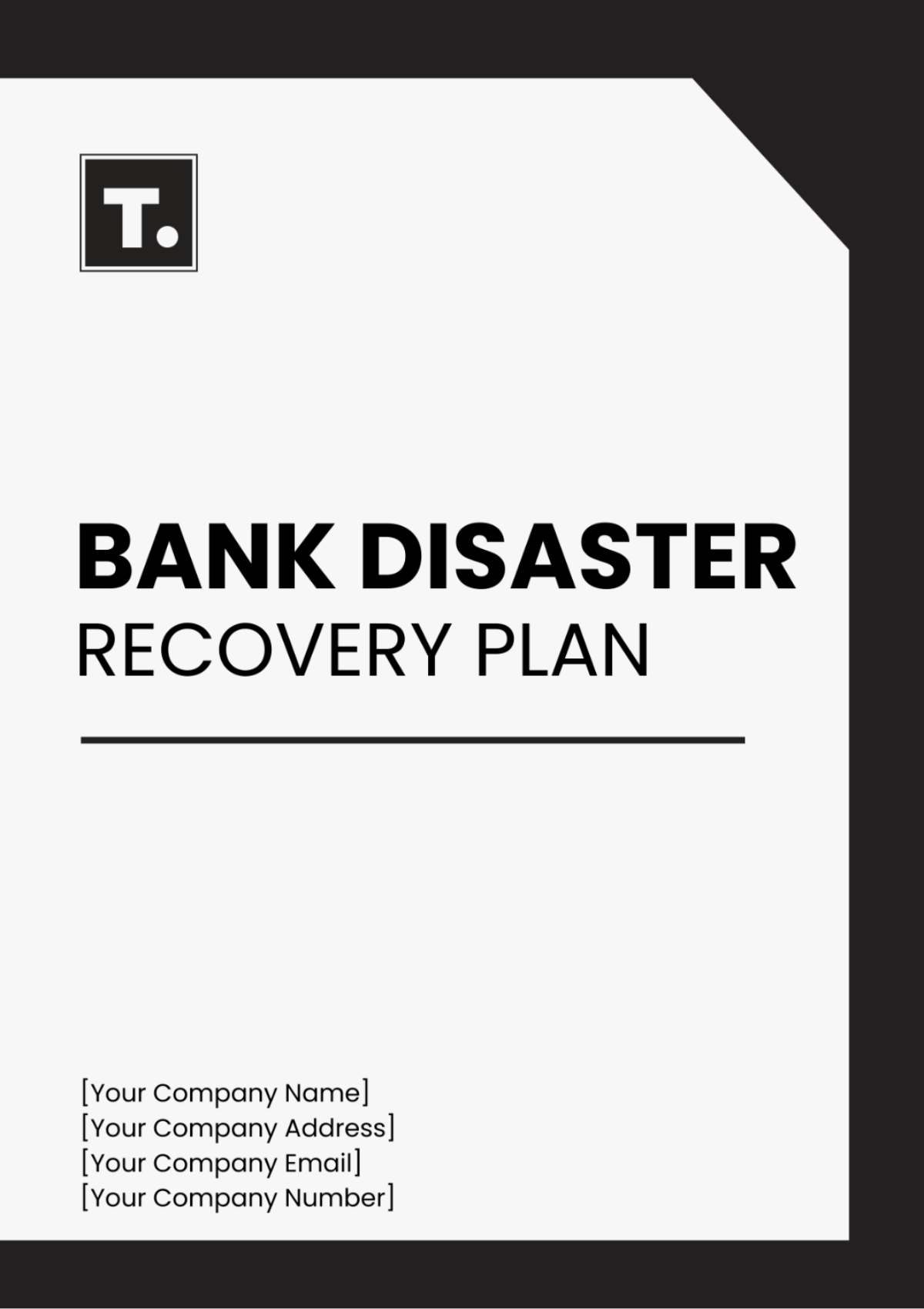Cybersecurity Disaster Recovery Plan
I. Introduction
A. Purpose
The purpose of this Cybersecurity Disaster Recovery Plan is to provide a clear and structured approach for responding to cybersecurity incidents, minimizing downtime, and ensuring the integrity of critical data.
B. Objectives
Protect sensitive data from cyber threats.
Ensure quick recovery and return to normal operations.
Minimize financial and reputational impact.
Compliance with relevant regulations and frameworks.
C. Scope
This plan applies to all systems, networks, and operations within [Your Company Name] and encompasses all cyber incidents that may threaten IT infrastructure.
II. Disaster Recovery Team
Name | Title | Contact Information | Roles and Responsibilities |
|---|
[Team Member Name] | IT Department Lead | [Team Member Email] | Oversees IT system integrity and recovery processes. |
[Team Member Name] | Risk Management Officer | [Team Member Email] | Evaluate risks and ensure compliance with policies. |
[Team Member Name] | Senior Management | [Team Member Email] | Approves and supports disaster recovery strategies. |
[Team Member Name] | Business Continuity Planner | [Team Member Email] | Develops and maintains business continuity plans. |
III. Risk Assessment
A. Identifying Risks
Phishing attacks
Ransomware
Data breaches
Malware
B. Vulnerability Analysis
Assess vulnerabilities in IT infrastructure, applications, and networks.
Prioritize vulnerabilities based on severity and potential impact.
Implement patches, updates, and security controls to mitigate risks.
IV. Preventive Measures
A. Security Policies
Regular updates to software and systems.
Employee training on cybersecurity practices.
Implementation of strong password policies.
B. Technology Solutions
Firewalls and Intrusion Detection Systems (IDS).
Anti-virus and anti-malware programs.
Data encryption protocols.
V. Incident Response Plan
A. Detection and Reporting
All potential cyber incidents should be reported immediately to the IT Department Lead at [Your Company Email].
B. Initial Response
Isolate-affected systems.
Assess the scope of the incident.
Notify stakeholders and senior management.
C. Containment and Eradication
Remove malicious software.
Implement patches and updates.
Ensure systems integrity before resuming operations.
VI. Recovery and Restoration
A. Data Recovery
Utilize backups to restore any lost or compromised data. Ensure that recovery procedures align with the most recent data backup protocols.
B. System Restoration
Implement regular backups of critical data and systems.
Store backups securely and verify integrity through periodic testing.
Establish procedures for data restoration and recovery in the event of data loss.
VII. Communication Plan
A. Internal Communication
Notify relevant stakeholders and employees of security incidents.
Provide guidance and updates on incident response efforts.
Conduct post-incident reviews to identify lessons learned and areas for improvement.
B. External Communication
Communicate with customers, partners, and regulatory authorities regarding security incidents.
Provide transparency and updates on the status of incident resolution efforts.
Collaborate with law enforcement and cybersecurity organizations as necessary.
VIII. Training and Testing
A. Employee Training
Provide ongoing training and awareness programs for employees.
Conduct phishing simulations and security awareness campaigns.
Foster a culture of cybersecurity vigilance and incident response readiness.
B. Drills and Simulations
IX. Plan Maintenance
A. Regular Reviews
Review and update the Cybersecurity Disaster Recovery Plan annually, or as needed, based on changes in technology or the threat landscape.
B. Document Revision History
Date | Version | Description of Changes | Author |
|---|
January 20, 2050 | 1.0 | Initial draft | [Your Name] |
March 5, 2050 | 1.1 | Added incident response procedures | [Your Name] |
May 10, 2050 | 1.2 | Updated communication plan | [Your Name] |
Plan Templates @ Template.net


























